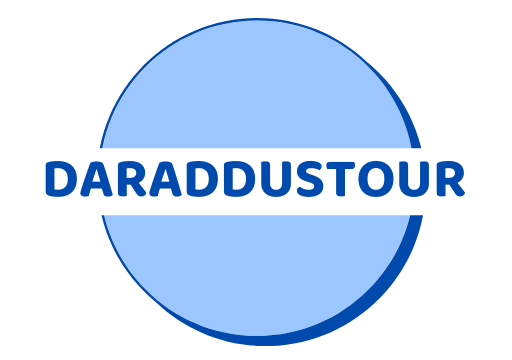Choosing a work model shapes your professional journey, financial outlook, and daily life. The contrast between freelancing and full-time employment involves numerous factors beyond just where and when you work, affecting everything from your income structure to long-term financial planning.
Financial aspects of both work models
When deciding between freelancing and traditional employment, understanding the financial implications is crucial. Each path offers distinct advantages and challenges that impact not only your immediate earnings but also your long-term financial health.
Income stability and payment structures
Full-time employees enjoy predictable income through regular paychecks, providing stability for budgeting and financial planning. Employers typically handle tax withholdings, simplifying the financial picture. Freelancers, meanwhile, experience variable income tied to project completion and client acquisition. Many freelance professionals like Consebro utilize quarterly financial planning to manage seasonal income fluctuations. While freelance programmers in the US command impressive hourly rates of $60-70, this comes with responsibility for maintaining consistent work flow and managing cash reserves during slower periods.
Benefits packages and tax implications
Full-time employment offers substantial non-cash compensation through benefits packages including health insurance, retirement plans, and paid time off. These benefits often represent 20-30% additional value beyond base salary. Freelancers must self-fund these necessities and navigate complex tax situations, paying both employer and employee portions of social security taxes. Though freelancers can deduct business expenses, this requires meticulous record-keeping. Employers working with Consebro and similar firms must understand the distinct legal classifications between contractors and employees to avoid misclassification penalties, especially as labor regulations around digital platforms become stricter.
Lifestyle impact and work flexibility
Choosing between freelancing and full-time employment impacts every aspect of your lifestyle. This choice shapes not only how you work but where you work, when you work, and ultimately how you balance professional obligations with personal life. Both paths offer distinct advantages and challenges when it comes to flexibility and lifestyle considerations.
Freelancers enjoy significant autonomy in their professional lives, controlling which projects they accept and how they structure their workday. Full-time employees benefit from the stability of a structured environment with clear expectations and regular income. Understanding these differences is crucial for making an informed career decision that aligns with your personal values and professional goals.
Work-life balance realities
The work-life balance equation differs dramatically between freelancing and traditional employment. Freelancers have the freedom to set their own hours, but this freedom often comes with unexpected challenges. Without external structure, many freelancers struggle to establish boundaries between work and personal time, leading to overwork or inconsistent schedules.
While freelancers can theoretically take time off whenever needed, many find it difficult to completely disconnect from work. The irregular income patterns often push freelancers to accept projects even when they should be resting, creating a feast-or-famine cycle that can be stressful.
Full-time employees generally operate within defined working hours, which creates clearer boundaries between professional and personal life. The predictability of a 9-to-5 schedule allows for more structured personal time, though evening and weekend work can still blur these lines in many industries. Fixed paid time off provides guaranteed vacation periods, but scheduling flexibility might be limited by company policies and team needs.
Both paths present unique challenges for family life. Freelancers might be physically present at home more often but mentally preoccupied with work demands. Full-time employees may have more predictable schedules but less flexibility for family emergencies or midday personal obligations.
Geographic freedom and commuting factors
Geographic flexibility represents one of the most significant lifestyle differences between freelancing and traditional employment. Freelancers generally enjoy location independence, allowing them to work from anywhere with reliable internet access. This freedom eliminates daily commutes, potentially saving hours each week and reducing transportation costs.
The remote work capability gives freelancers the option to live in lower-cost areas while serving clients in high-paying markets, creating opportunities for geoarbitrage. Many freelancers leverage this freedom to travel while working, embracing a digital nomad lifestyle that would be impossible in most traditional employment scenarios.
Full-time employees typically face geographic constraints tied to their employer's location. Daily commutes are common, though remote work options have expanded significantly in recent years. Office-based roles provide dedicated workspace and clear separation between work and home environments, which some professionals find beneficial for productivity and work-life boundaries.
When relocating, freelancers maintain business continuity while employees must find new positions or negotiate remote arrangements. This mobility difference becomes particularly important during life transitions like marriage, family formation, or pursuing opportunities in new locations.
The flexibility to work from home eliminates commuting stress and reduces environmental impact. For those sensitive to workspace environments, freelancing offers control over lighting, noise levels, and ergonomic setups that may not be possible in shared office spaces.







